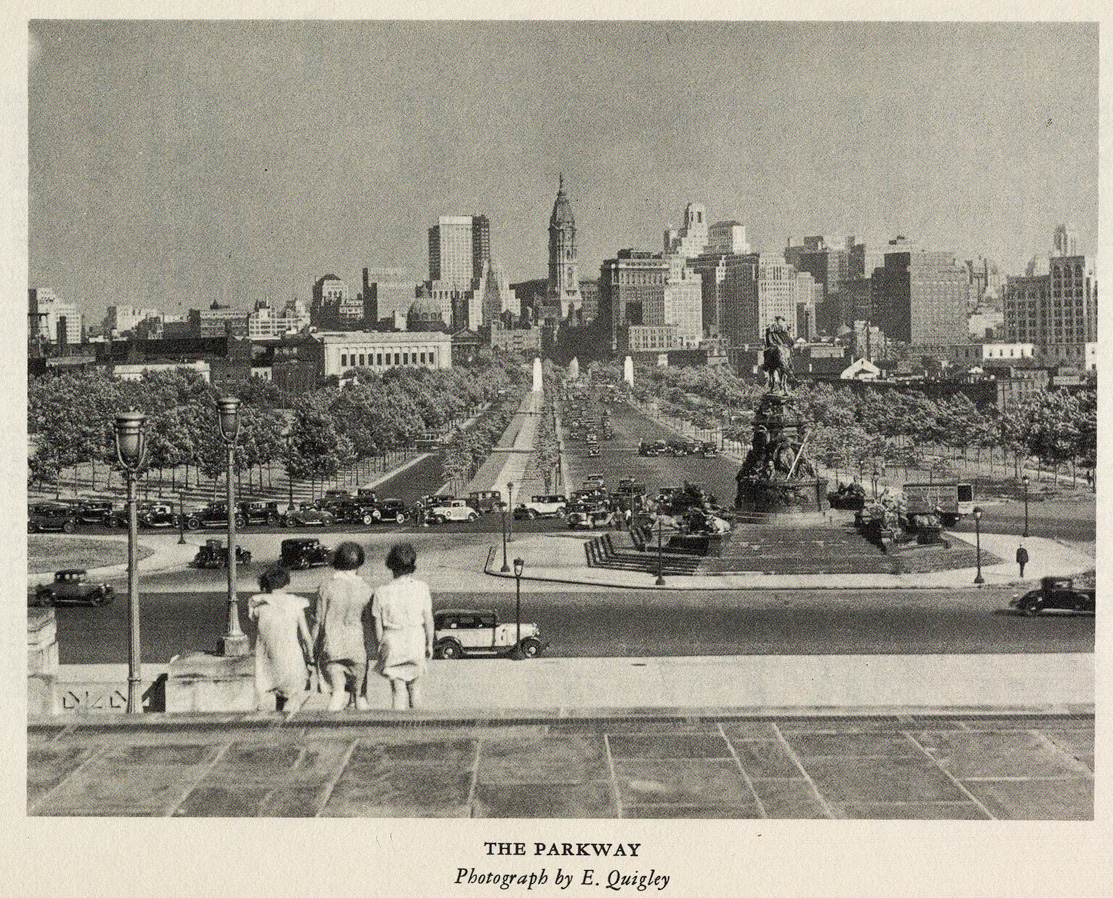
Today the nation’s first organization devoted to public art, Philadelphia’s Association for Public Art (aPA, formerly the Fairmount Park Art Association), announces the launch of free open digital access to more than a hundred years of art, civic and institutional history on its website. This digital archive initiative is part of the aPA’s marking of its 150th anniversary.
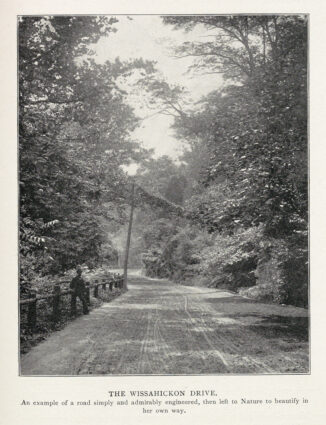
There is a wealth of information to be uncovered in this historical digital archive that chronicles some of the earliest efforts to integrate public art and urban planning in the nation. These documents reveal the impact of the aPA over the past century on the formation of many Philadelphia features such as parks, boulevards, sculptures and monuments, as well as cultural organizations and clubs, and design approval agencies.
The core of the aPA Digital Archive is two-fold: 104 annual reports dating from 1872 to 1981 containing illuminating presentations given by prominent cultural and civic leaders; and a complete and irreplaceable set of board minutes recorded over 110 years, scanned from 18 leather-bound ledger books. Meticulous record keeping has preserved a compelling account of organizational decisions, actions, and reflections including negotiations with artists, changes in art styles and collecting tastes, and the struggle to protect public spaces and cultural treasures. The records further disclose that civic leaders were having some of the same conversations 100 years ago about monuments, representation, and community that are being held today.
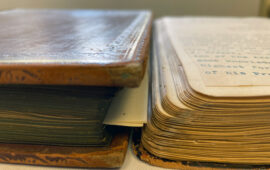
“By thoroughly documenting one piece of the story of public memorials and sculpture in America, the aPA Digital Archive offers enormous potential to help art historians view the spectrum from the 19th-century beaux arts memorials to contemporary practice,” says Barbara B. Aronson, President of the Board of Trustees.
“Certainly, the initiative extends the Association’s longstanding commitment to make our work accessible locally and globally,” continues Ms. Aronson. “It follows our award-winning audio program, which has made it possible for anyone, anywhere, to instantly access information about many works of public art in Philadelphia for free via phone, app or computer. In a similar way, in digitizing our historic archive, we are opening up a resource for researchers, artists and scholars around the world.”
Highlights: Annual Reports
The aPA Digital Archive features annual reports with transcripts of yearly lectures held since 1872. Among these are architect Paul P. Cret on world’s fairs and city planning (1921); Metropolitan Museum of Art director Francis Henry Taylor on the perversity of symbolism in sculpture (1934); New York City park commissioner Robert Moses on “A Metropolitan Park Plan” (1938); author and social scientist Lewis Mumford on urban planning for war and peace (1942); art historian Dr. Leo Steinberg on “Art in Location and Colocation” (1977); and nearly a hundred more.
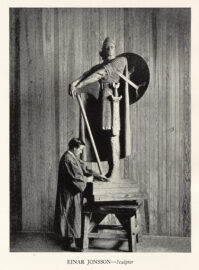
Often these talks served as platforms for argument and persuasion around particular issues. Many relate directly to civic actions taken by the Association: preparing a plan for the Benjamin Franklin Parkway and commissioning its landscape designer; establishing a committee to consider a ‘Municipal Art Gallery,’ which led directly to the creation of the Philadelphia Museum of Art; advocating for an Independence Hall National Park; and forming an Art Jury which would become the current Philadelphia Art Commission, the entity that approves public art projects placed on city property.
Highlights: Minute Books
Like the annual reports, the minute books also chronicle the people and issues of the day. The earliest pages are handwritten in beautiful Victorian script, which transform into typewritten print following the 1880’s introduction of typewriters in offices. A visitor to the Digital Archive can read about the commission awarded to Alexander Milne Calder in 1887 for his monument to Civil War general Major General George Gordon Meade or Frederic Remington’s process for choosing a location for his only site-specific and large-scale work, Cowboy (1905).
The 1918 minutes record the board moving to endorse tendering free assistance for the creation of public memorials celebrating the “victorious conclusion” of World War I. In other years, board members grappled with how to codify procedures for approving the selection of a work of public art and for rejecting others. There are quirky anecdotes linked to history, such as when the board voiced their disapproval of a loan of the Liberty Bell to San Francisco’s 1915 Panama-Pacific International Exposition (1914). In other spots, there are intriguing descriptions of artist projects that were never realized, such as a Gaston Lachaise’s Melting Pot for the Ellen Phillips Samuel Memorial (1935) or a 56 foot wide metal sculpture by Philadelphia artist Robinson Fredenthal in the 1970s (1976).
“These minutes offer a precious gift by inviting us to enter the mind of earlier generations, and perhaps think for a minute how our concerns and actions will appear to generations to come,” notes Ms. Aronson.
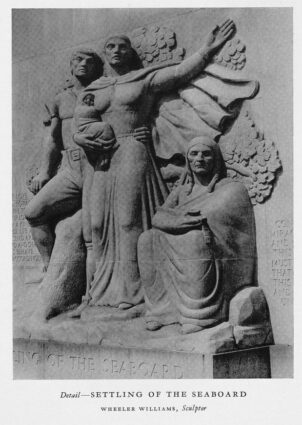
As early as 1899, the Association’s leaders were aware of their fallibility in connection with placing works of art in public places. The annual report that year notes: “One of the important things we have to remember is that a mistake of an association like ours … an Association which is putting up monuments in granite and bronze – one of our great difficulties is that our errors are not easily remedied.”
Moving forward, the digital archive will help the aPA evaluate and better understand the historical context of its inherited public art collection. This information will assist efforts to recontextualize and interpret existing sites and add to the commission of new works of public art for Philadelphia.
The original paper documents upon which the aPA Digital Archive is based will join the aPA’s archives housed in the manuscript collection of the Historical Society of Pennsylvania, accessible by appointment.
